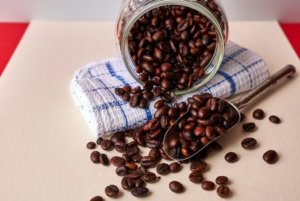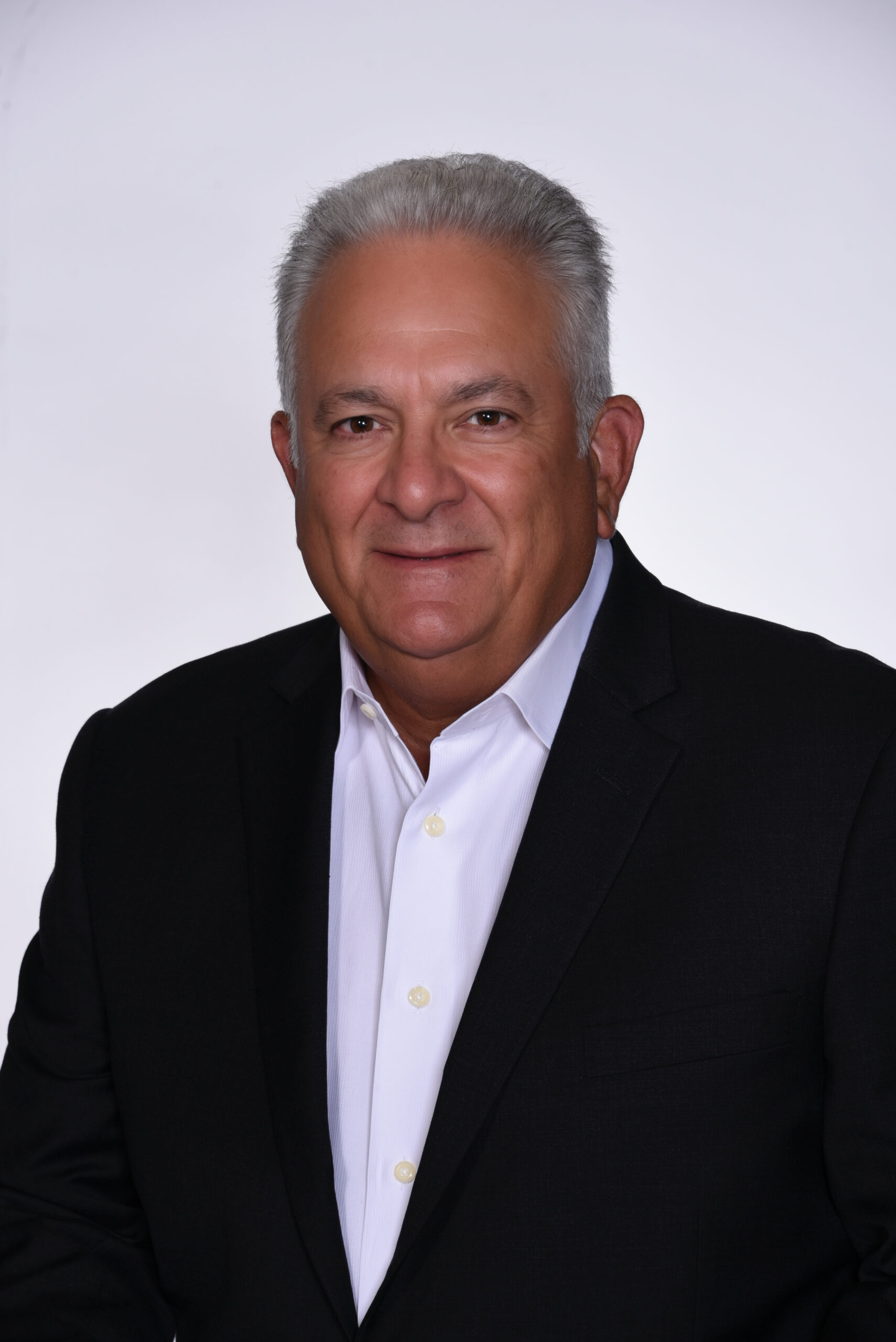A COFFEE TALE: "THE $200,000 COFFEE MAKER"
Carlos M. Sera, MBA
August 9, 2015
 In December of 2006, my two oldest children came home from college for their winter break. My son was a senior and my daughter was a sophomore. For those parents out there who don’t know this yet, college-age children are not early-risers. However, for some strange reason, one morning the entire family was up early, and my wife and I were having our homemade lattes. We use a very old-fashioned and inexpensive espresso maker, and we heat up the milk ourselves. We don’t think much about it. As the morning progressed, I notice that both my seemingly intelligent son and daughter were also drinking lattes. However, they weren’t drinking the homemade kind my wife and I were drinking, but the fancy expensive kind that you get from Starbucks and other upscale and expensive coffee houses.
In December of 2006, my two oldest children came home from college for their winter break. My son was a senior and my daughter was a sophomore. For those parents out there who don’t know this yet, college-age children are not early-risers. However, for some strange reason, one morning the entire family was up early, and my wife and I were having our homemade lattes. We use a very old-fashioned and inexpensive espresso maker, and we heat up the milk ourselves. We don’t think much about it. As the morning progressed, I notice that both my seemingly intelligent son and daughter were also drinking lattes. However, they weren’t drinking the homemade kind my wife and I were drinking, but the fancy expensive kind that you get from Starbucks and other upscale and expensive coffee houses.
I was a little bit miffed at the situation to say the least. I clearly saw their upscale coffee expenditure as an unnecessary extravagance. I’ve always preached the old refrain of a “penny saved is a penny earned,” and yet right in front of me was empirical evidence that I had not proven my point. In order to procure their precious nectar, one or both of my children had to get in a car, drive, spend money on gas and auto depreciation, risk injury or worse, and finally pay an exorbitant price for a latte they could have easily made at home for a lot less effort, and that in my opinion tastes much better.
I didn’t say anything, but I went into my home office and did some math. I ran a quick spreadsheet with some very conservative assumptions and came back with some startling information to share with my children. I wanted to illustrate the refrain of a “penny saved is a penny earned” in a practical and everyday sense. The overpriced lattes gave me the perfect avenue. I developed a model where a 22 year old chooses to eliminate the daily store-bought latte and instead makes it at home until age 65. I assumed the daily savings at $1.70, with an interest rate of 8% invested once a year.
I then gave my latte-loving children a quiz. I asked them to estimate the difference in cost between the lattes they drank and the ones my wife and I drank. I then asked them to estimate how much they would save over the next 43 years if they prepared their lattes at home vs. enriching their coffee house of choice. Let’s just say their estimates were significantly below mine. They had underestimated the power of compounding over 43 years, as most people do. They were guilty of a common financial sin. When I showed them the results, they were surprised. So what’s the savings? I estimate a person saves $212,686 over 43 years by making lattes at home vs. buying them. It just takes $1.70 per day at an 8% interest rate for 43 years to save more than $200,000.
This tale illustrates two things. The first is the power of compound interest. The second is the importance of counting pennies in our everyday life. I am sure that for those that truly understand this tale, they can come up with creative ways of stretching the dollar and putting themselves on the road to financial success.
A few days later, my latte-drinking children each received their own $14.95 espresso maker as Christmas presents. Inside was a note labeled the “The $200,000 Espresso Maker. Love, Santa.”
Categories
Strategize Your Success

